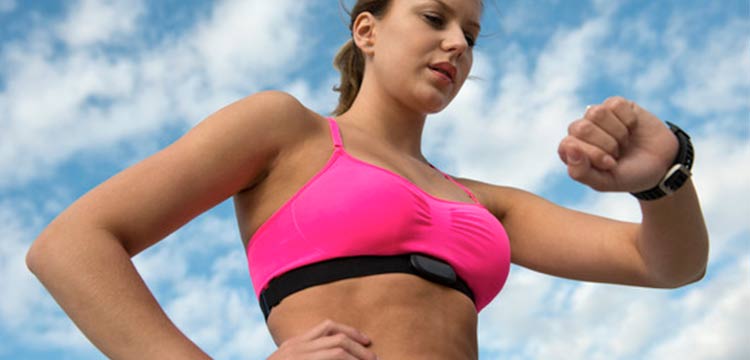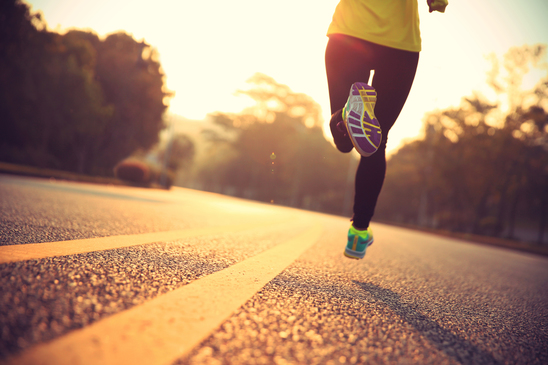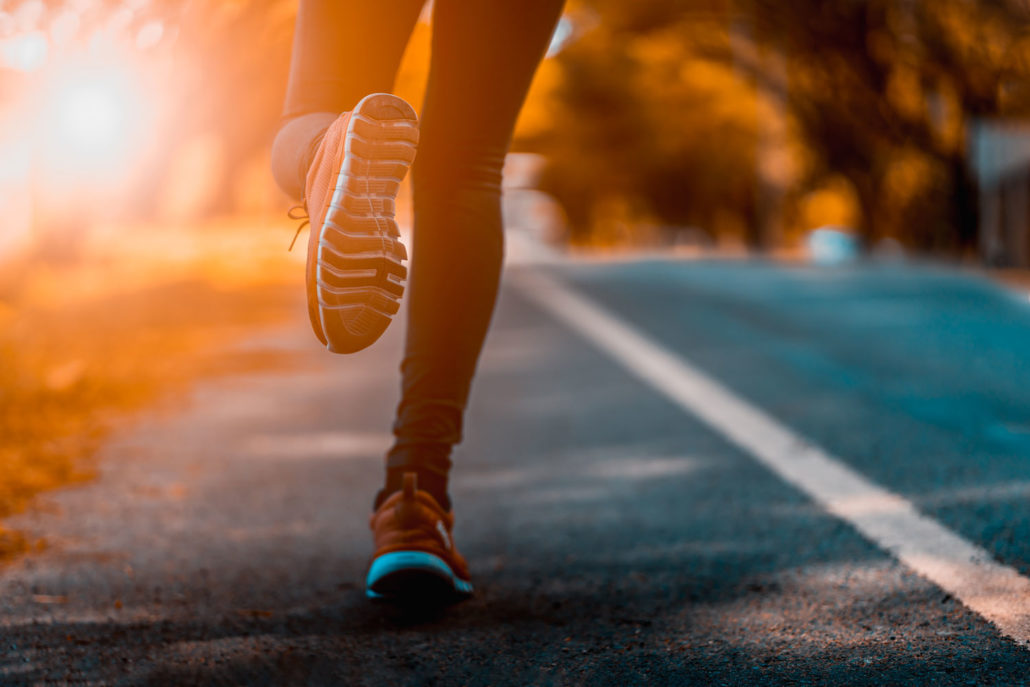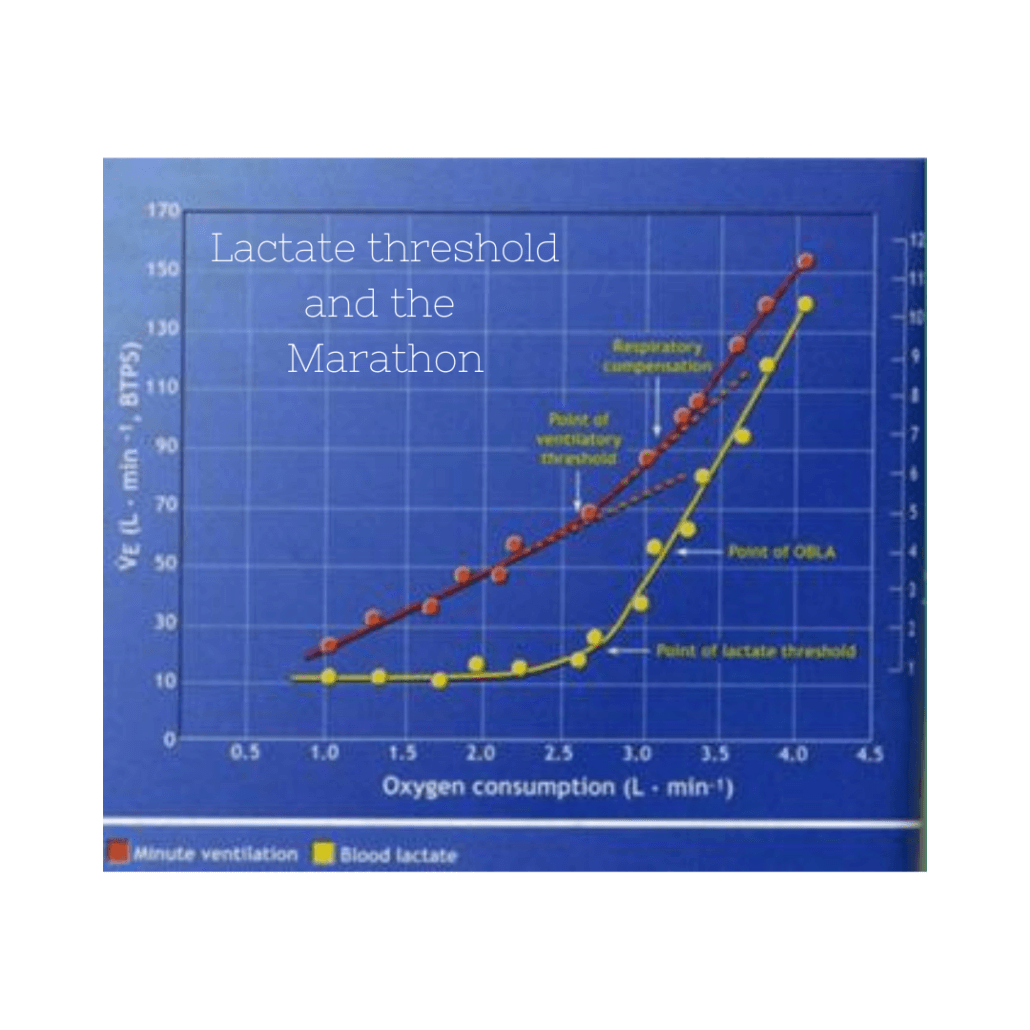Heat Adaptation in female athletes
While this meta-analysis looked at females, this data can be extrapolated to men too. This meta-analysis, as shown in Sports Performance Bulletin, looked at 30 studies and found that with different modes of heat acclimation, these women showed decreased resting core temperatures, skin temp, and heart rate, along with an increased sweat rate. These are all expected adaptations, nothing surprising here.
What I was interested in was that across the studies, the time to acclimation was 451 to 900 minutes of training, which was spread over 8-14 days. That’s 7.5 to 15 hours of exposure. So when looking at this set of data, I can see those high level athletes training in the heat for 5+ hours per week, they will fall within this date range. However. As I write this, it’s early June. Most of my athletes are just getting back into heavier training. I also encourage them to try and either get out early or later in the evening for the runs. Given all that, they probably aren’t getting the max exposure. To be honest, I am fine with that- I’d rather have a slow roast and be able to train than suffer through the highest heat and humidity just to maybe get a couple of week head start. To me, it’s an unnecessary risk. In any case, given that they are running less and not in the hottest temps, this 8-14 day window is probably longer. If they are starting at 3 to 3.5 hours a week, you can go ahead and double that. Throw in cooler temps in the morning and it’s probably another few days to a week. At the end of the day when you start looking at all the factors, maybe it’s an entire month to see noticeable changes. And, that’s not to say that these are max adaptations, this was just the window before seeing physiological and physical improvements. When we get down to it, you really might not be at peak adaption for 6-8 weeks.
This isn’t to make you fearful at all! If anything be excited because if you do this right, it’s almost like training at altitude. You’ll gain some great benefits over the course of the summer. When you head into the fall you’ll be amazed at what your paces really are.
So, take your time adapting this summer. Adjust your paces using our calculator and adjust how much you change the paces over the course of the summer. If you are building up your miles right now, keep this in mind. Use this period to adjust paces so you can accumulate time. Easy paces won’t need to adjust much, but workouts will need more adjustment early on. Keep the ship steady and reap the benefits this fall!
Be sure to check out all of our coaching membership options!




